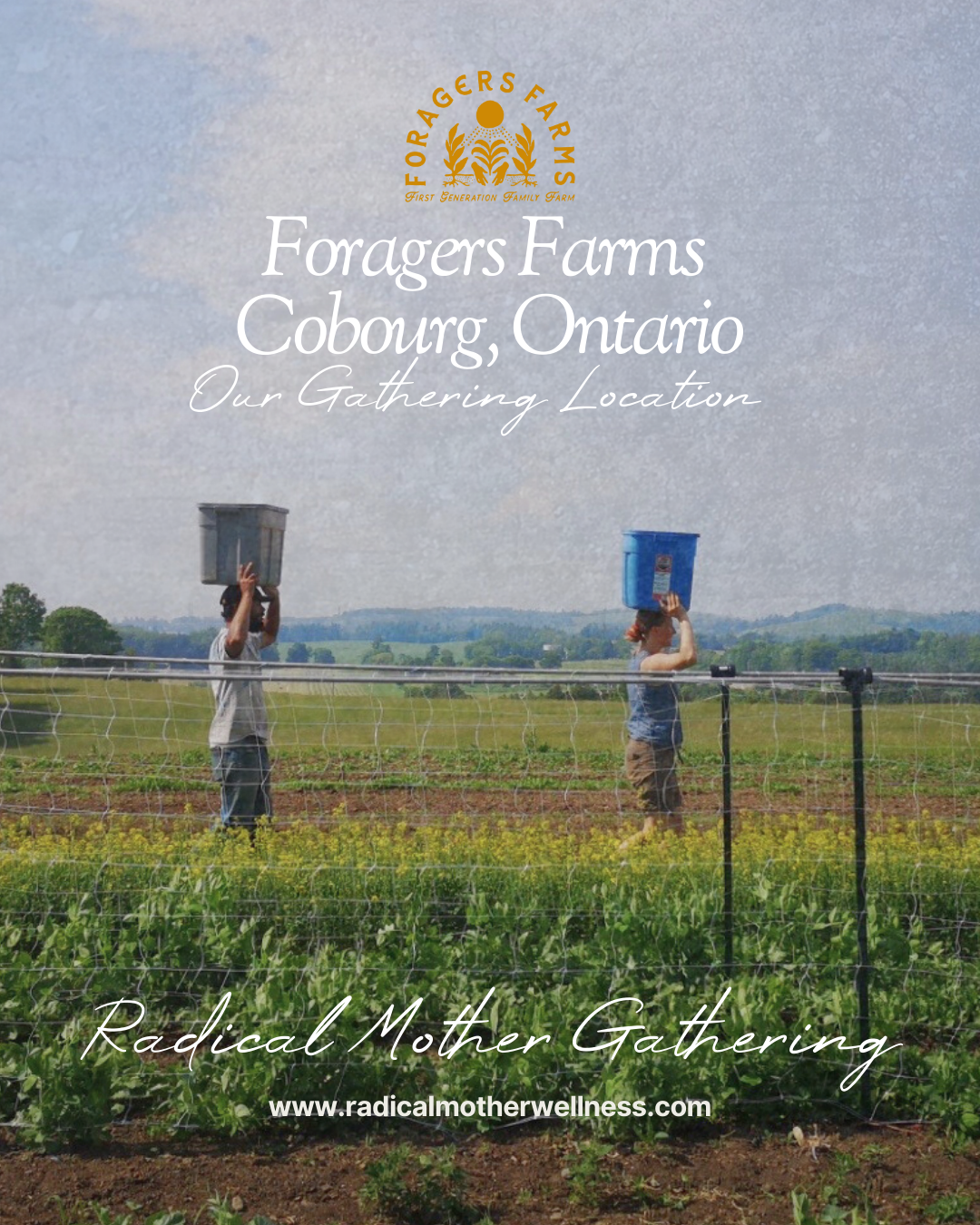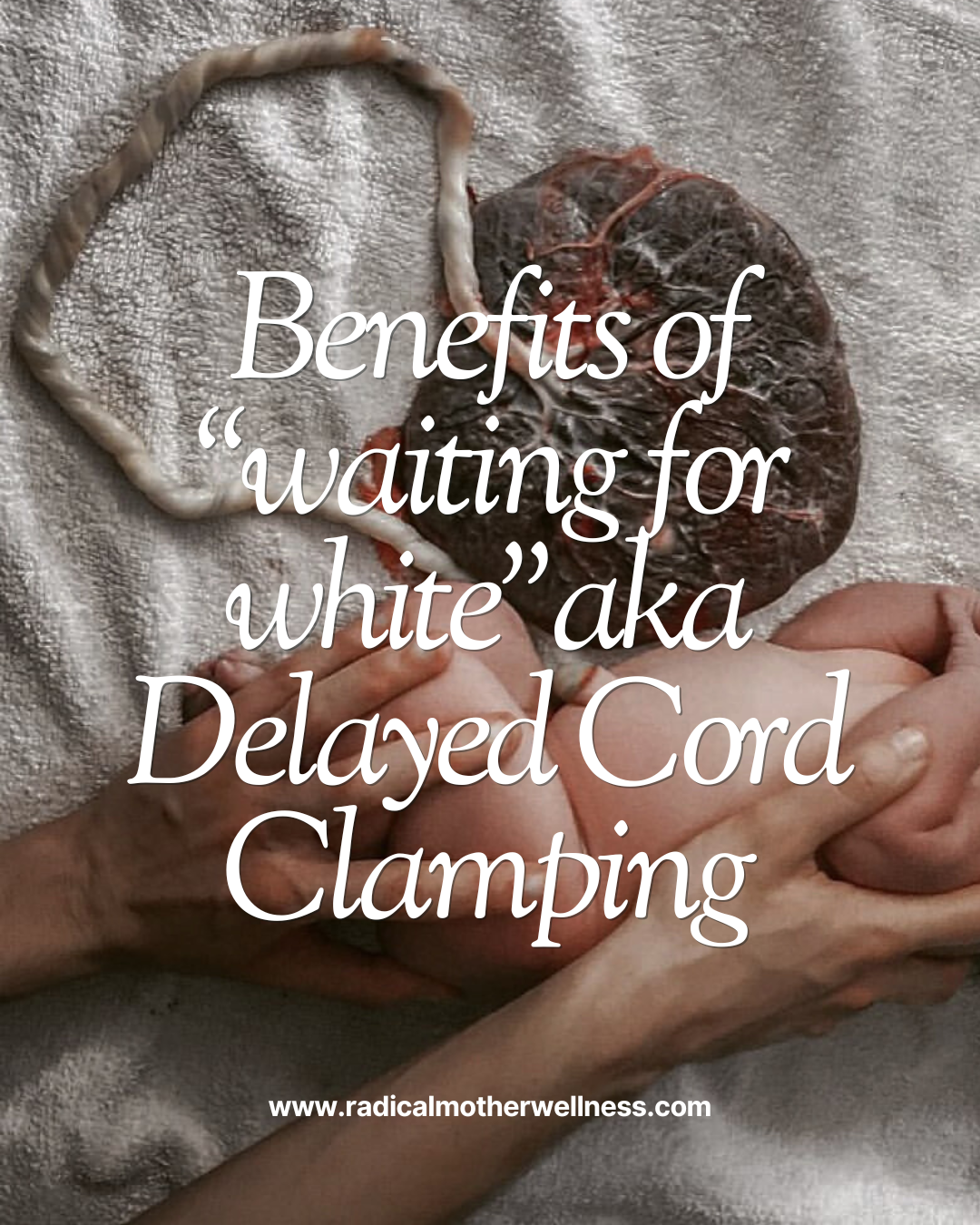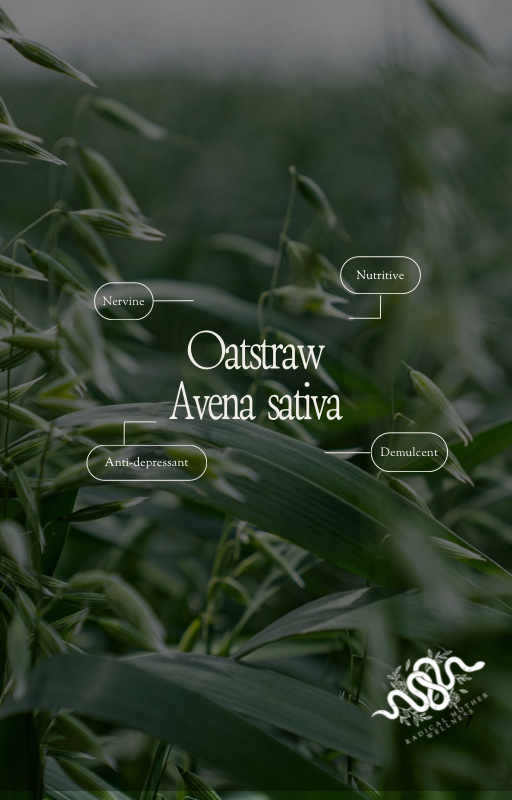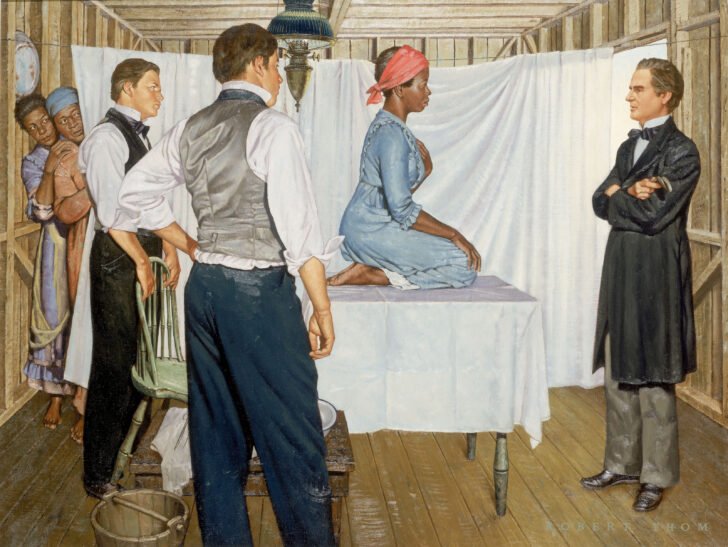
BLOG

Why We’re Heading Back to Foragers Farm for Round 2 of the Radical Mother Gathering
There’s something about Foragers Farm that feels like coming home—even if it’s your first time there. Maybe it’s the way the wind moves through the fields, the warm welcome from the family who runs it, or just the permission to slow the hell down. After an unforgettable gathering on this land last fall, we knew we had to return. This May, we’re circling up again for another Radical Mother Gathering—and trust us, this one is going to be just as nourishing. Here’s why we chose this farm, and what makes this gathering unlike anything else.

How to Talk to Your Care Provider About Your Choice to Delay Cord Clamping, Knowing the Jaundice Risk
Delayed cord clamping sounds great, but what about jaundice?” If your provider has raised this concern, you’re not alone. Many parents hear about the “risk” of jaundice when requesting delayed cord clamping—but is it really a major issue? The truth is, most babies process bilirubin just fine, and the need for treatment isn’t significantly increased. The key is understanding the data, knowing how to monitor your baby, and confidently advocating for your choice. Let’s break down how to navigate this conversation, respond to pushback, and ensure your baby gets the full benefits of delayed cord clamping—while keeping a close eye on their health.

Why Delayed Cord Clamping Matters—The Benefits You Need to Know
Did you know that at birth, a third of your baby’s total blood volume is still in the placenta? That blood is packed with oxygen, iron, and stem cells—all essential for their growth, brain development, and immune system. Cutting the cord too soon robs them of these benefits, while waiting just a few extra minutes ensures they get everything they need for a smoother transition into the world. Whether you’re considering waiting 60 seconds or waiting for white, here’s why delayed cord clamping is one of the simplest, most powerful choices you can make for your baby.
Let’s dive into the benefits →

The Truth About Jaundice & Delayed Cord Clamping—What’s the Real Risk?
You’ve probably heard that delayed cord clamping (DCC) could increase your baby’s risk of jaundice. But is that really true? The idea that DCC causes harmful jaundice is one of the most misunderstood myths in birth care. The reality? Over 90% of babies with DCC don’t need treatment for jaundice at all. Instead of fearing it, let’s talk about how to support your baby’s natural ability to clear bilirubin while still getting all the benefits of DCC. If you’re weighing your options for birth, this is a must-read.
Read more to get the facts →

Oatstraw: Herbs Every Mom Should Know
Looking for a natural way to support your body through motherhood? Oatstraw (Avena sativa) is one of the best herbs for stress relief, adrenal support, and overall nourishment, especially for moms who feel depleted from pregnancy, breastfeeding, or everyday life. In this post, you’ll learn how oatstraw strengthens the nervous system, promotes better sleep, and replenishes essential minerals. Plus, I’ll walk you through the easiest way to make an oatstraw infusion so you can start experiencing its benefits today.
Whether you’re dealing with stress, postpartum recovery, or just need a little extra support, this is one herb every mom should have in her natural toolkit. Read the full post to learn how to use oatstraw and why it’s a must-have for holistic wellness.

The Hidden History of Obstetric Violence: How Modern Gynecology Was Built on the Backs of Black Women
The dark history of modern gynecology: How Dr. J. Marion Sims’ unethical experiments on enslaved Black women shaped obstetric care today, and why understanding this past is key to ending medical mistreatment.

Think of Your Menstrual Cycle as a Bonfire
Your menstrual cycle is more than just hormones, it’s a rhythm, a seasonal flow that mirrors nature itself. From the quiet rest of menstruation to the fiery energy of ovulation, your body moves through distinct phases, just like a bonfire. In this blog, we break down the four phases of your cycle, Winter, Spring, Summer, and Fall, so you can align with your natural energy, work with your body instead of against it, and finally understand why you feel so different throughout the month. Ready to harness the power of your cycle? Let’s dive in!

Inner Child Work: A Powerful Healing Journey for Mothers
When I became a mother, I thought my love for children would prepare me. But nothing prepared me for how deeply motherhood would challenge my sense of self.
Motherhood is a mirror, reflecting the parts of us we’ve long ignored. I felt overwhelmed, overstimulated, and full of self-doubt until I discovered inner child work. I realized I had spent years tending to others while neglecting the little girl inside me who still needed love and care.
As I healed, everything changed; my parenting, my nervous system, and my sense of self. Now, I help other mothers do the same. Ready to begin?

